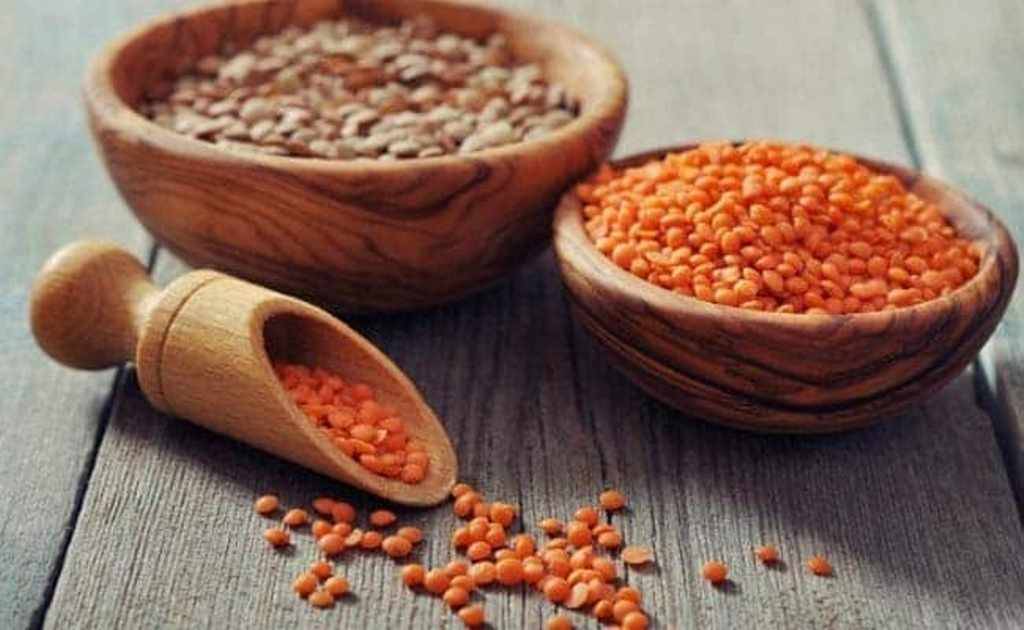
The demand for pulses is likely to increase after Diwali on gradual easing of Covid restrictions, the commencement of marriage season at the end of November, and rising vegetable prices due to heavy rain.
Covid 19 Restrictions Struck Demand for Pulses
The demand for pulses was dropped by 25 percent over the past one and a half years due to Lockdown and Covid restrictions. It affected the services of HoReCa segment (Hotel/Restaurant) and ultimately causes low selling of pulse crops.
As the government has decided to unlock with more relaxations, the reopening of hotels and restaurants and the start of the wedding season will lead to demand for pulses. Moreover, due to excessive rains and crop loss, vegetable prices have increased in the previous weeks.
The production of pulses has improved through the years and it has escalated from 8-15 million tonnes in 2007 to 16 million tonnes in 2016. It is increased to 23.13 million tonnes in 2016-17 and 25.23 million tonnes in 2017-18. In the year 2020-21, the production reached 25.58 million tonnes.
Government Stabilized Prices of Pulses
The government has stabilized the prices of pulses in recent months after opening up the imports. It was rising in the months of June and July earlier. While 7.34 lakh tonnes total pulses had been imported in April- August months of 2020, the import stood at around 7.20 lakh tonnes in the same period of this year.
However, IPGA (India Pulses and Grains Association) also requested the Government to allow more time for the arrival of contracted pulses as disruption in the global logistics has been delayed due to higher transit period in shipments. The Government then allotted time for moong imports till November end, which was earlier contracted till October 31 only.
















